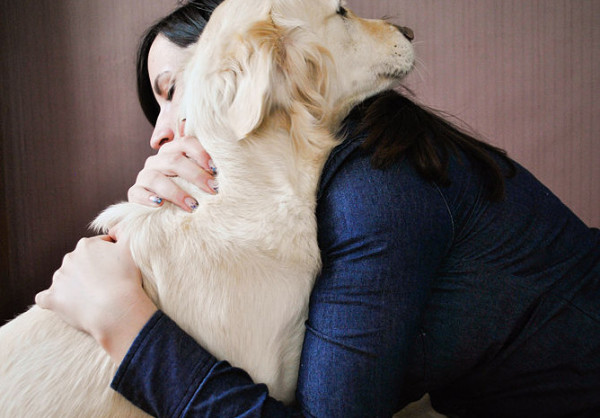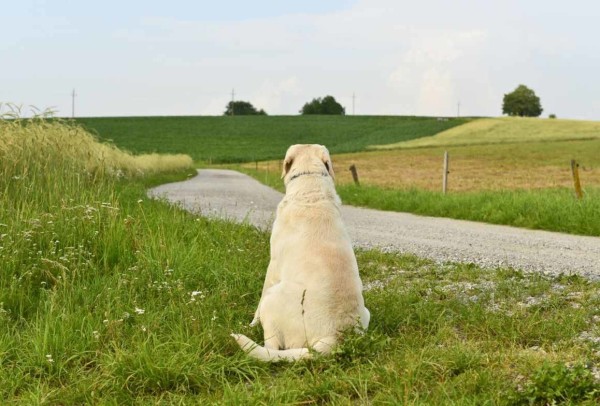29% of us will lose a dog at least once during a its lifetime. With dog owners taking an average of 4.2 days off work to look for a lost dog, and 64% of owners too panicked to know exactly where to look for a lost dog, follow our advice on what to do if you lose or if you find a dog. Remember to stay calm, don’t panic and methodologically go through these steps:
1. The first 24 hours
Much like a missing person, the most critical hours are the first twenty four. The longer the time you leave it before you start looking for your dog, the larger the area of ground they can cover. Start looking as soon as you’ve noticed your dog has definitely gone. It’s important to make sure you check your home thoroughly for your lost dog.
Contact
Keep your phone on you at all times. Your dog should have a contact number on their collar or microchip, so you’ll be easily contactable when someone finds him. If you have your landline number on the collar or address make sure someone’s at home to sit by the phone or answer the door to any callers.
Leave your contact details with the shelters just in case your four-legged friend looses his collar.
A picture is worth a thousand words
Have a recent picture of your lost dog with you to show people and animal shelters. When you’re in a rush and panicking it can be easy to forget details, plus it’s quicker to show passers-by an image rather than trying to describe when you’re distressed.
Notify people
Rally as many friends and family to help you search as you possibly can. If you have business cards hand them out, or take a pad and pen to scrawl down your mobile number to hand to people. The more people you reach the better.
Post online on sites such as the National Missing Pet Register, Animal Search UK, Pets Located, or if your dog’s microchipped try Pet Log.
Take something to entice
Take something with you to create a familiar sound like a toy with a squeaker, rustle a bag of treats or bang the side of a food bowl. Remember when you’re calling out for your dog do not sound distressed. Keep your tone of voice as you would do normally when calling out to your dog. This minimises the possibility of your dog thinking you’re angry with him.
2. After 24 hours
It’s hard to know when to call it a day, but eventually you’ll have to go home to rest so you’re in a fit state of mind to continue looking the next day.
Poster
Put a recent image of your dog on the poster with your contact details, a short description of your pooch, when and where he was last seen and offer a reward (don’t give the amount – too high and people may try and sell him, too low and people may not bother to help). Then distribute them in places including the area you lost him, down the park, at your vets, animal shelter, any public bulletin boards, give them to friends and family to give out door-to-door and hand out to any working professionals/ delivery drivers who are in the area regularly.
Newspaper
Put an advertisement in your local paper with all the same information from your poster. Don’t forget to check the papers to see if an announcement has been made describing a dog matching yours.
3. After a couple of days
If your dog is microchipped or has comprehensive contact details on his collar then it’s more than likely that you would have been contacted by now.
Keep revisiting animal shelters, parks, police stations and make sure your lost dog adverts are up to date and showing as high up on search results as possible.
Don’t give up
We hear of stories about long distance dog/ owner reunions all the time so it’s important to stay positive and don’t give up.
Calming a panicked dog
When you come across a panicked dog it’s important to keep calm and reassure them as much as you can. Watch this really helpful video as recommended by a DogBuddy community member on how to calm a distressed lost dog effectively.
If you have any more ideas or if you’ve lost a dog, please help others by sharing your tips in the comments below.




